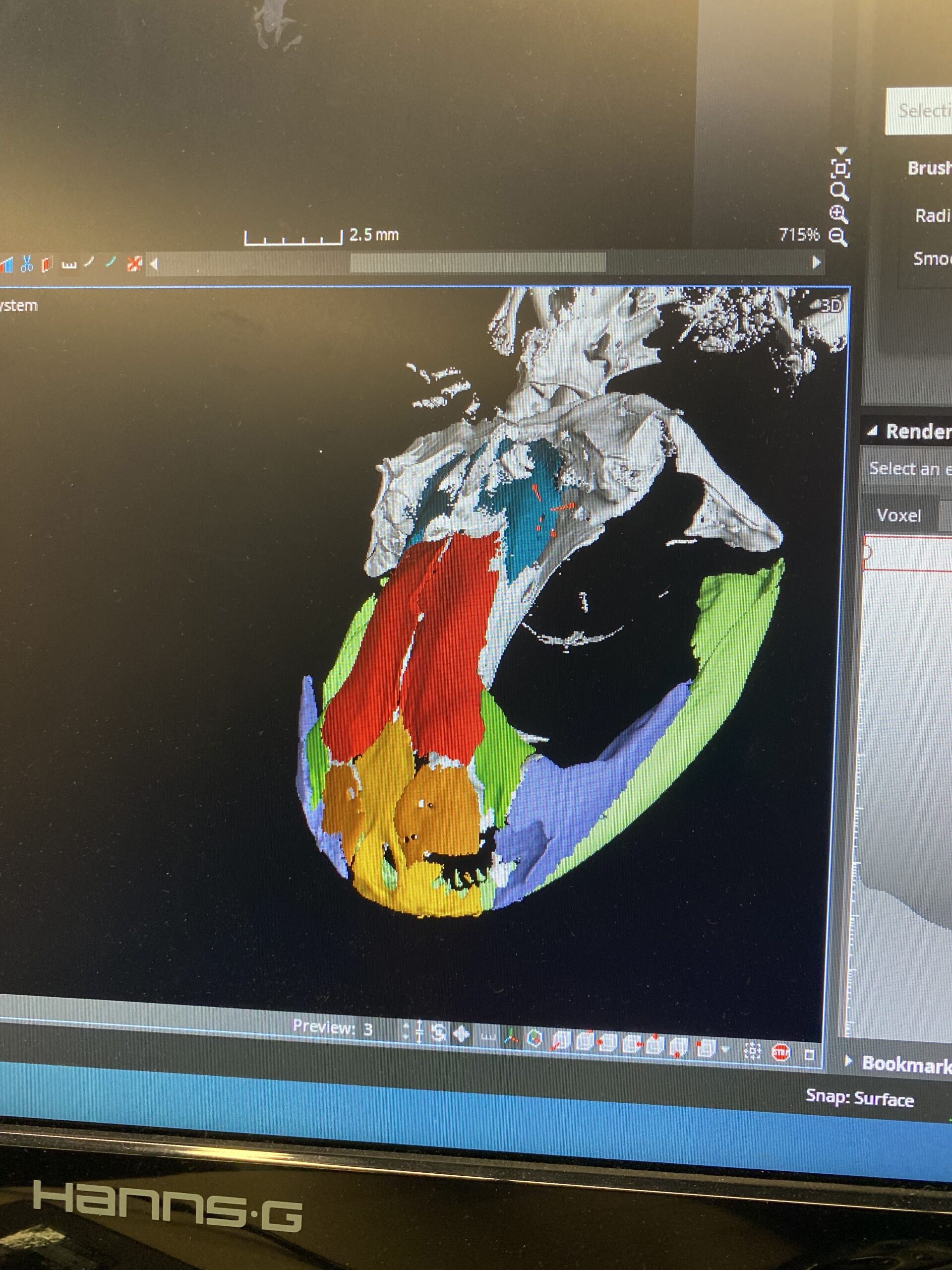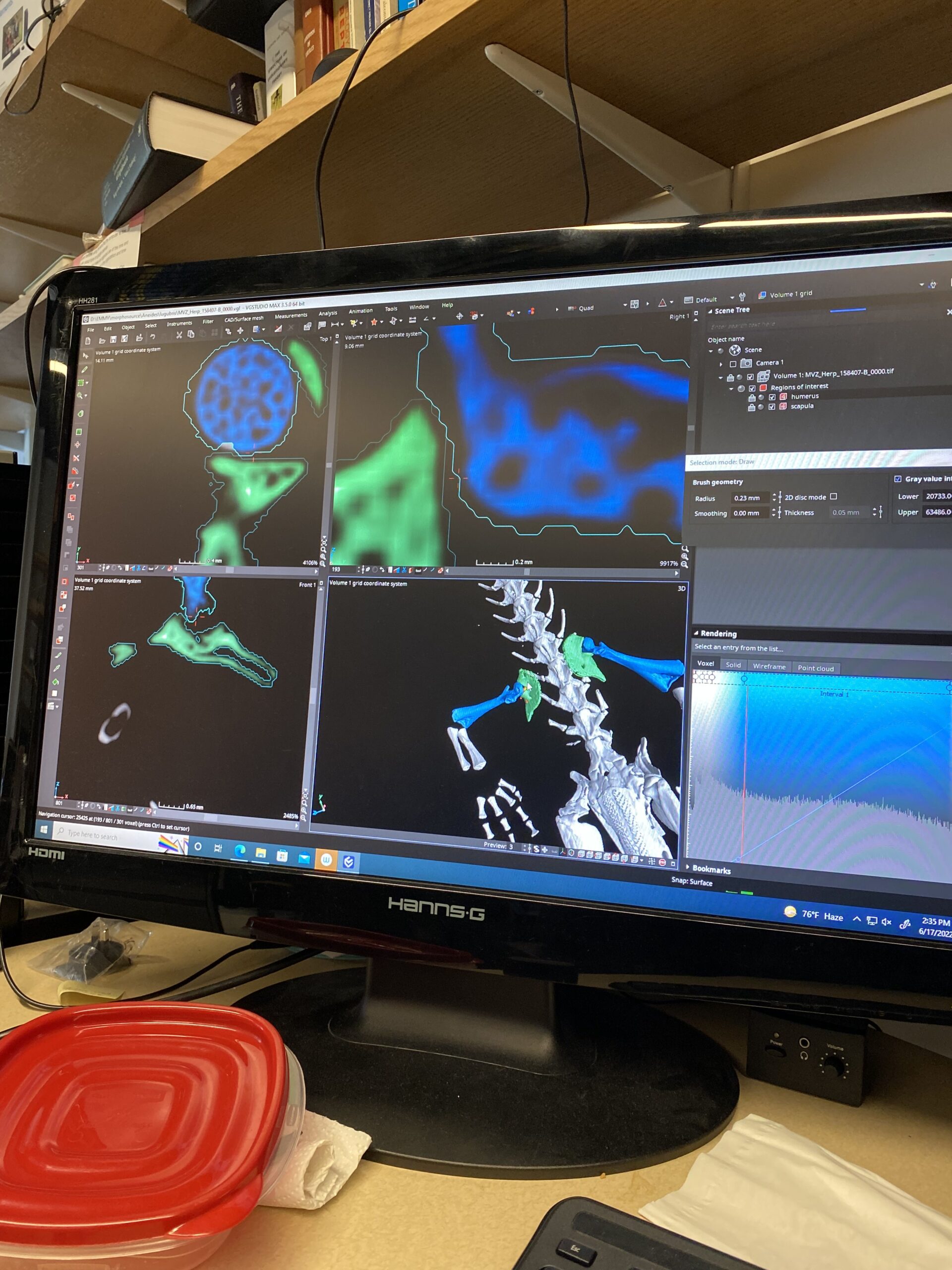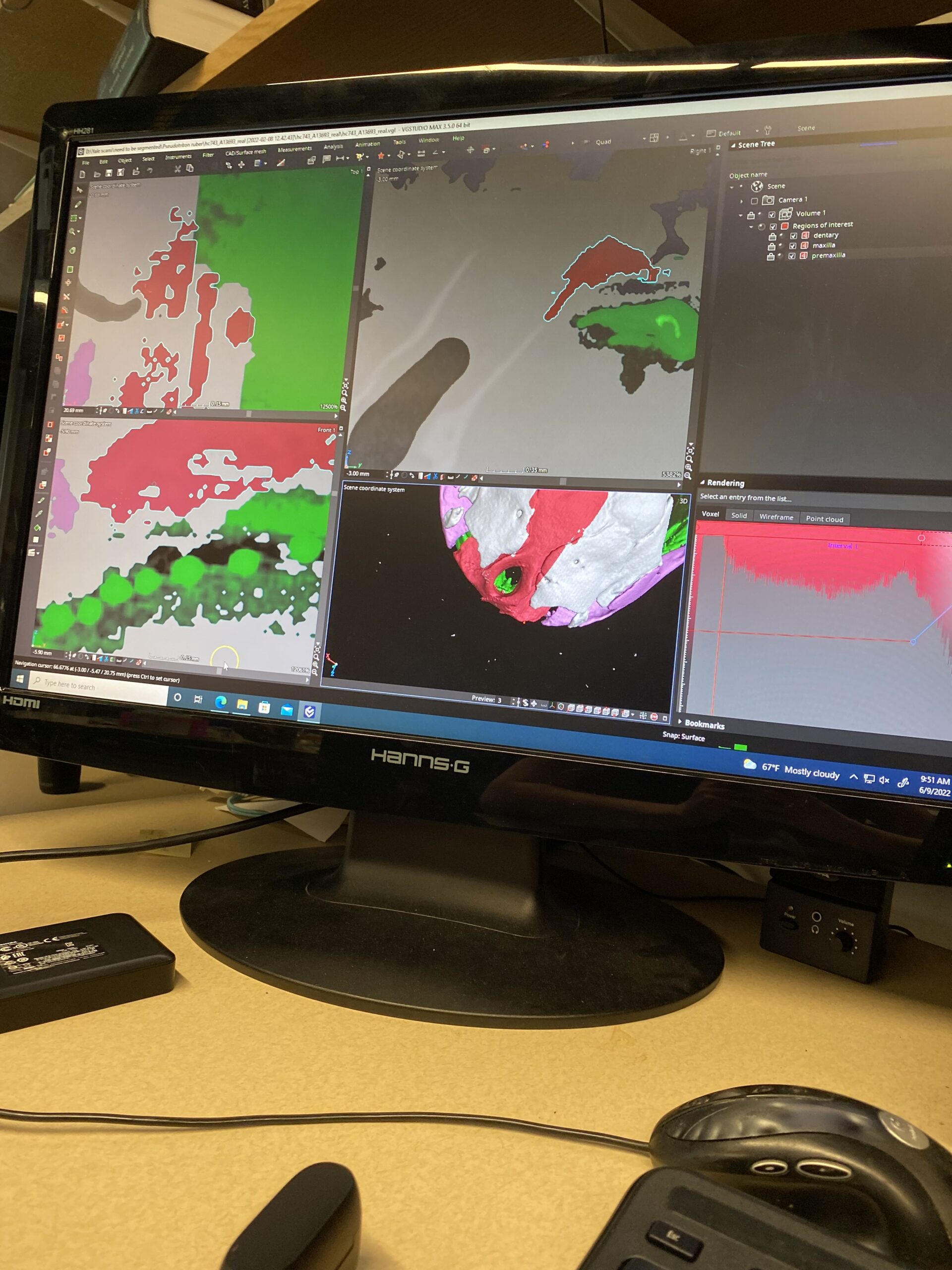Research



Behavioral Plasticty of Hybrids
Temperature mediates performance in ectotherms. It determines the range of behaviors that organisms are capable of completing and, in turn, their ability to grow, survive, and reproduce. Interspecific interactions like aggressive behavior are a key example of thermally-dependent behaviors that may impact fitness. Woodland salamanders (Genus: Plethodon) often exist in crowded communities along thermal gradients. These organisms tend to exhibit increased aggression at warmer temperatures. However, it is thus far unclear how salamander hybrids, which may encroach on their parent populations and drive competitive exclusion, respond behaviorally to temperature change. In this project, I examined the effects of temperature on aggression and evasion in the Plethodon shermani and Plethodon teyahalee hybrid system. Upon encountering a salamander from a different population, parent individuals exhibited heightened evasion and some increased aggression at higher temperatures. Hybrids of the two populations exhibited no trend towards increased aggression or evasion with temperature. Future research is needed to elucidate the relationship between this behavioral response and hybrid physiology – namely, how is this behavior related to energy usage or thermal preference of hybrid salamanders?
Plethodontidae Feeding Mode
Lungless salamanders (Family: Plethodontidae) are a group of terrestrial amphibians that largely rely on tongue prehension for feeding. Most utilize either muscle-powered or spring-powered (ballistic) tongue prehension, though the latter conveys much more force than muscle-powered feeding. Ballistic feeders store elastic energy in their muscles, eventually using it to deploy their tongue via a spring-like mechanism. Therefore, plethodontids that use ballistic tongue prehension expend less energy for a more forceful blow than their muscle-powered counterparts. Often associated with tongue prehension is a forward lunge, which may deliver a greater force to captured prey. However, the extent to which tongue prehension and lunging interact is generally unknown. How does lunging capacity vary between feeding types, and is lunging a compensatory mechanism for less powerful tongue prehension? In this project, I compared CT scans of plethodontid scapulae to determine individual species’ degree of optimization for lunging. By comparing lunging capacity across Plethodontidae, I hoped to uncover links between muscle-powered feeders and pectoral girdle morphology that is optimized for lunging.
Ultimately, I found that the scapulae of muscle-powered feeders exhibited less variation in shape than those of ballistic feeders. This seems to suggest a possible constraint on the shape of the scapula for less-powerful feeders. The function of this constraint and its connection to lunging ability has yet to be understood.

